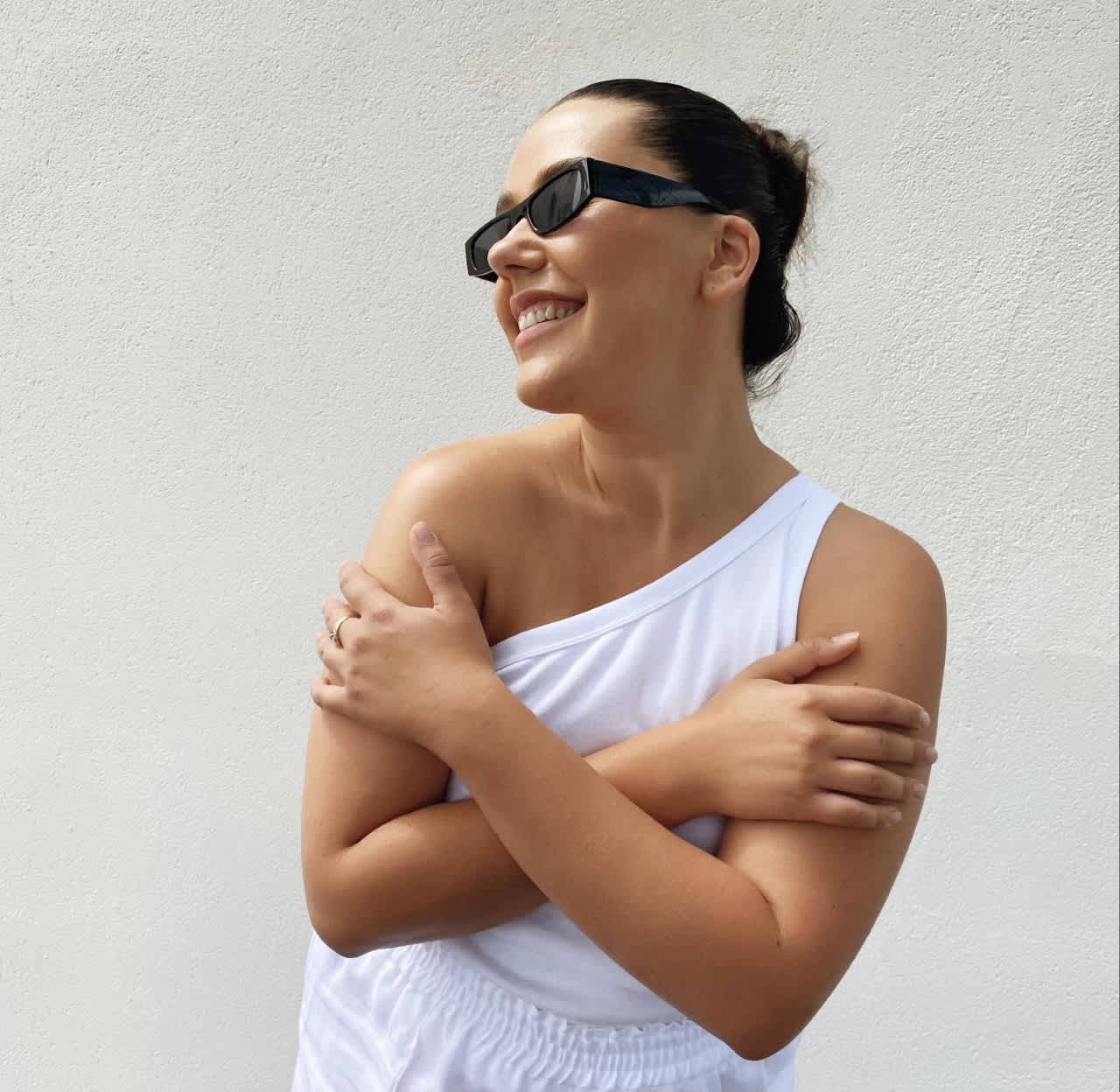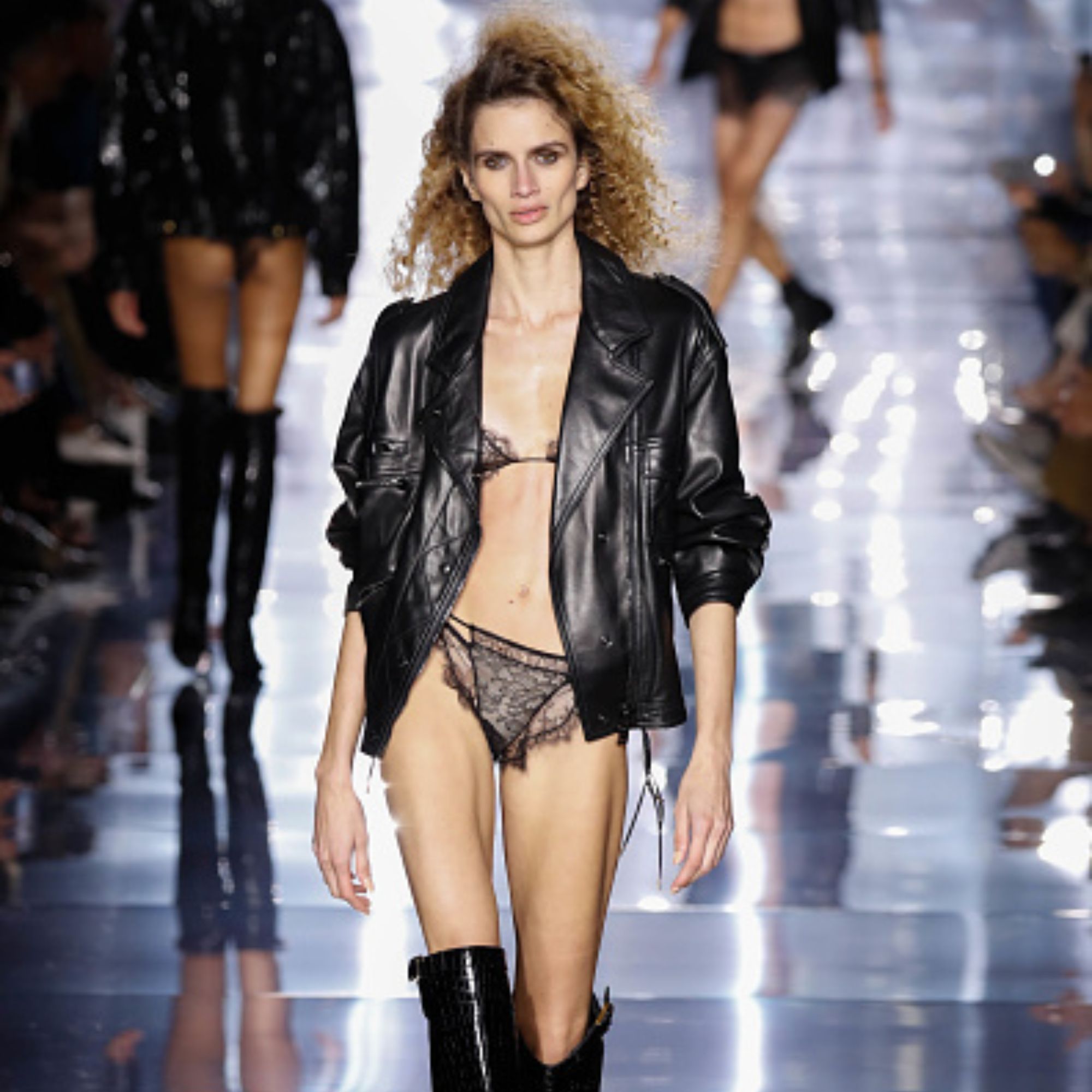
- POPSUGAR Australia
- Fashion
- Y2K Fashion Is Officially Back ‘In’, But Does That Mean Y2K Bodies, Too?
Y2K Fashion Is Officially Back ‘In’, But Does That Mean Y2K Bodies, Too?

Fashion month around the world is coming to a close with Paris Fashion Week in its final days and honestly, we feel a little discouraged.
While there have been some iconic moments, like Bella Hadid closing the Coperni with a dress that was painted on in real-time and Paris Hilton’s Versace cameo — the overall fashion itself didn’t lend itself to diverse representation.
Across the board, it’s pretty clear that Y2K fashion is well and truly back. It feels like it’s been edging us for the past two years, slowly coming out of the woodwork with that first Miu Miu low-rise skirt back in late 2021. And now, almost every fashion-forward celebrity is dressing like a slightly more refined version of our favourite Y2K pop star.
Truly, we still have mixed emotions.
It’s just the simple truth, that Y2K fashion — low-rise everything, very cropped crops, exaggerated layering, skimpy slips, short and structured hems — suits the ideal body type of that generation.
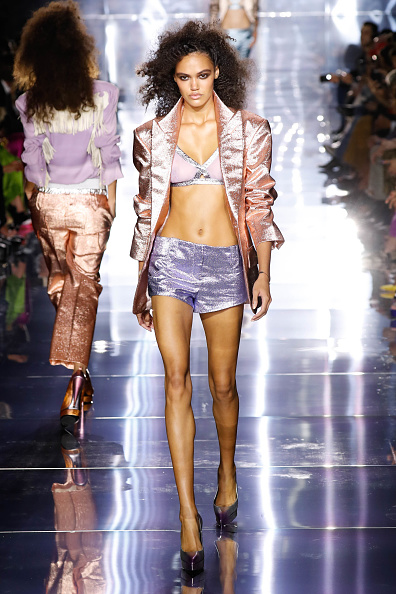
Having grown up in the early 2000s, I think I’m taking this whole movement a little more personally than others. Low-rise pants, for example, make me feel personally attacked. I can’t even tell you the amount of low-rise flared jeans I tried on at Just Jeans between the years of 2002 – 2010; each one making me feel worse about my body than the one before.
So now, when I look at the runways of Milan, Paris and New York’s fashion weeks and I see almost all models under a size 0, paired with a back-in-fashion era of clothing that really only suits people of that size — I can’t help but feel discouraged.
Being a curve model myself, I have an invested interest in the fashion industry getting realistic about representing different body types. For a while there, it seemed as though were moving forward; when models over a size 10 began popping up on runways around the world.
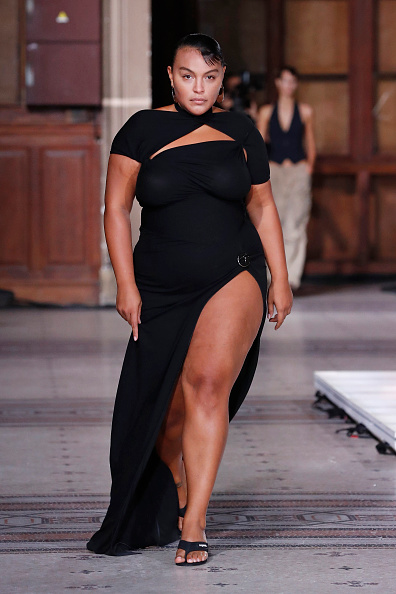
And while there are still a select few plus size and curve models, namely Paloma Elsesser, who walked for Coperni and Michael Kors, and Jill Kortleve, who walked for Boss, Chanel and Max Mara — they were noticeably less present on runways of major fashion houses this season.
Lesser known (but still high fashion) labels such as Ham Choi, Nensi Dojaka, 16arlington and Collina Strada featured a more diverse range of models, including differing body sizes and shapes, ages and genders. While the more “quintessential” fashion week faves, such as Louis Vuitton, Tom Ford, Miu Miu and Acne, were noticeably absent of diversity on the runway.
Perhaps it just comes down to mainstream trends. With the oldest and most famous fashion houses being at the helm of fashion trends, holding the most influence over celebrities and media culture; does it simply make sense for them to be going in the direction of this Y2K trend?
But then again, it feels like a strange time in the world to be bringing back a style of fashion that excluded so many body types, that we’ve since worked hard at recognising as healthy. We’ve seen such a positive shift away from diet culture, we’ve seen companies like Victoria’s Secret shamed for encouraging unhealthy bodies, we’ve seen a push for size diversity in fashion when it comes to online sizing, runway representation, and in advertising campaigns.
So why are we not reimagining this Y2K relaunch to suit multiple body types?
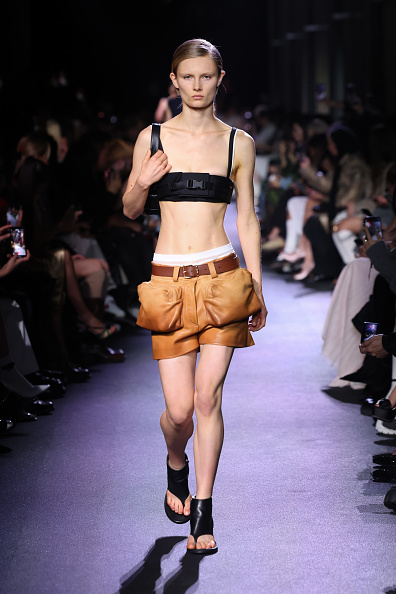
Personally, I was disappointed not to see more plus-size and curve models on the runways wearing these Y2K styles. Not only does a lack of diversity in the casting of these major shows continue to support the idea that there really is just one ideal body type, but they aren’t actually showing us how to wear the clothes in a more diverse way. And that’s their job.

IDK about you, but I’ve mostly seen low-rise styles on thin bodies. In order for me — and other people with curves — to feel comfortable and confident to try something low rise, we need to see look fab on someone else. That’s how fashion influence works, right? We see it the way the designer wanted us to, we feel compelled to buy into the fantasy and so we do.
But if there’s no realistic fantasy being shown to us, then there’s nothing for us to buy into. Except for the illusion, of course, that if our bodies were different, the clothes would look better.
With great power and influence, comes great responsibility. Especially in today’s world, where everyone can see everything, all of the time. For major fashion houses and even major celebrities, to jump on trends that aren’t inclusive means to continue a narrative that we’re actively trying to dismantle.
If you’re a young person right now and you’re noticing the Kardashians getting skinnier, major fashion houses lacking in diversity and feeling compelled to be a part of it, I would urge you to push back.
In the wise words of Emily Ratajkowski, 2022 is our B*tch Era, and we need to start being more pissed off when mainstream trends work against us.
So, while I loved the creativity in some of this year’s fashion month shows, I am pissed off by the lack of diversity. It really isn’t good enough and I feel let down.
I’ve decided to buy myself a pair of low-rise jeans. I will be wearing them with a crop top and posting on my Instagram about how to wear them in a way that suits curves. Because if the big brands and major celebrities won’t lead by example, then it’s time that we showed them how.


